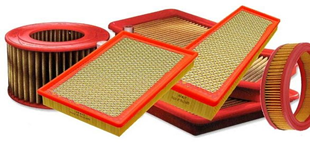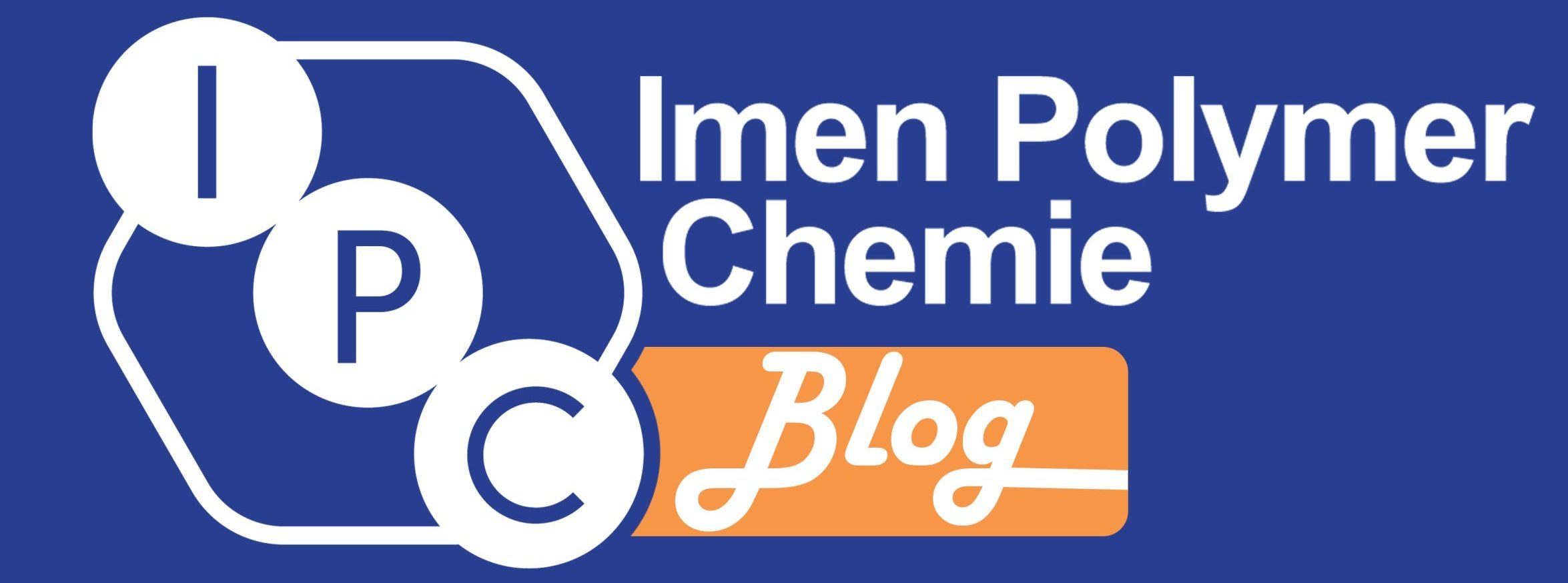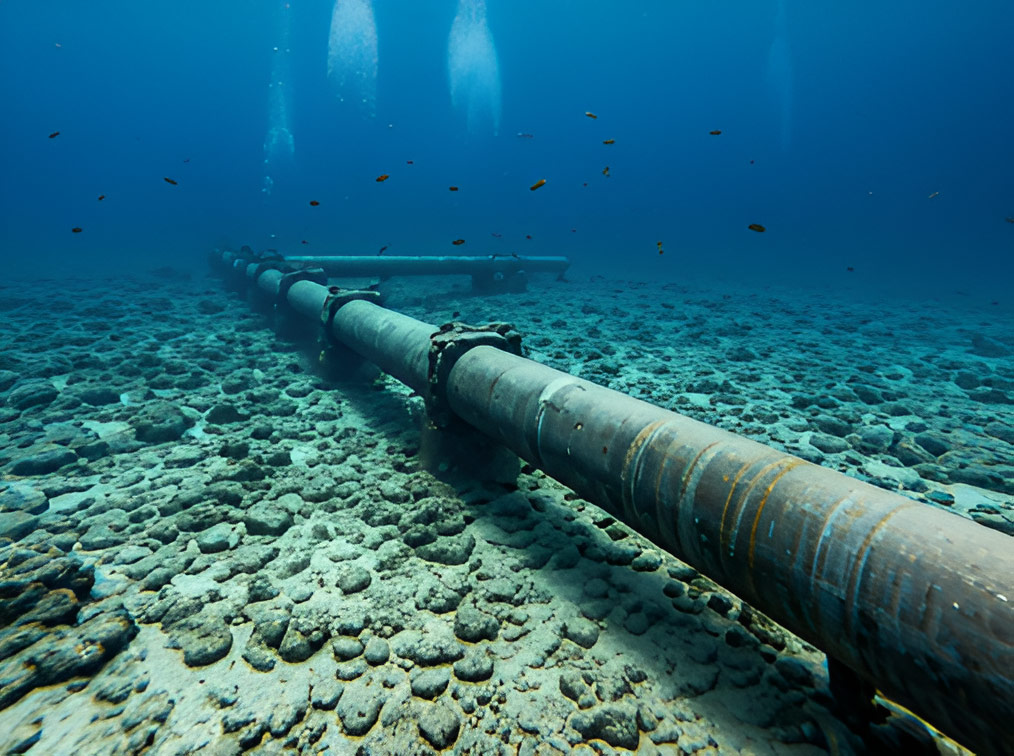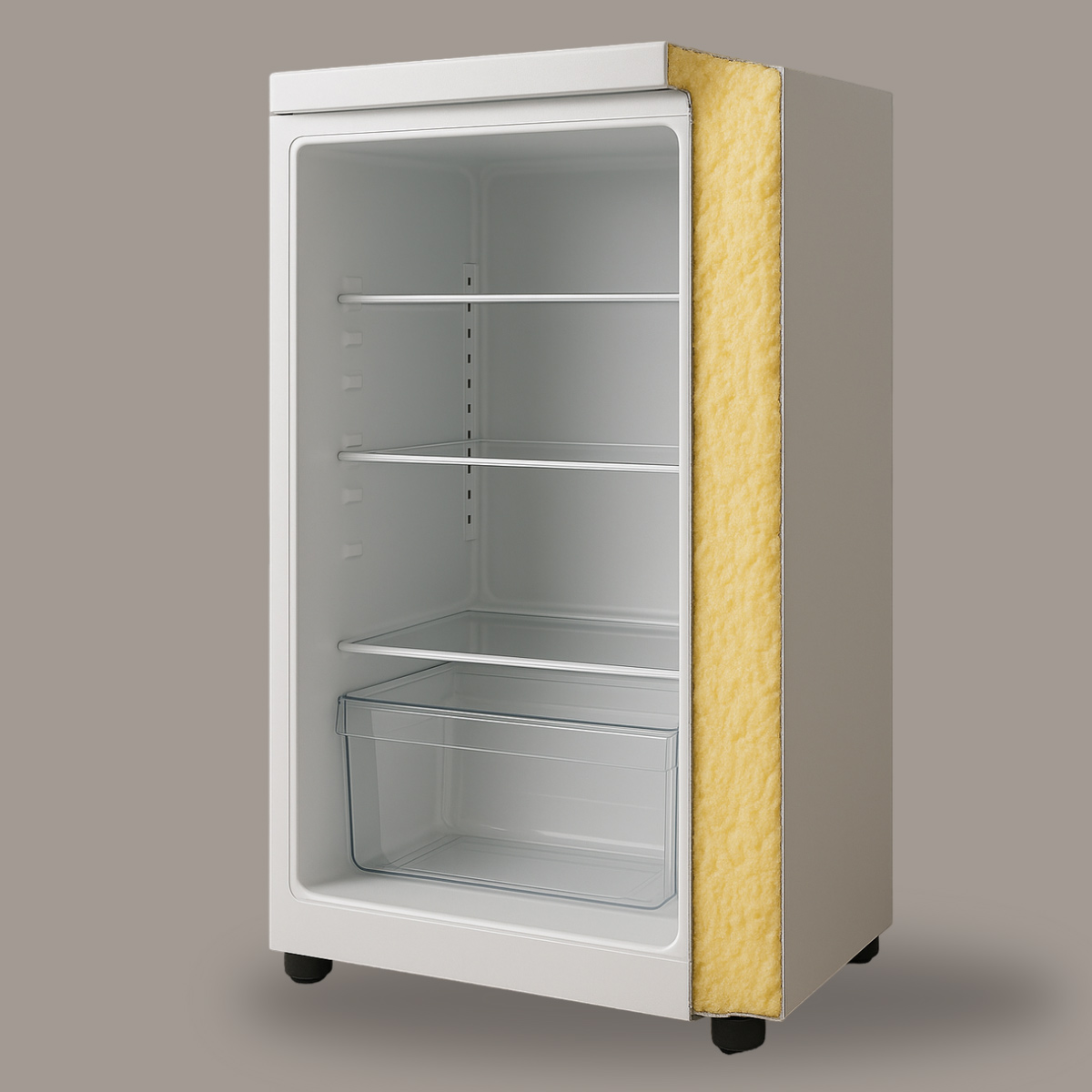Table of contents
In the past, in order to produce sealing devices in various applications, Natural Rubber was the only choice of manufacturers as the main material for these products. But silicones with their different features were able to enter in this industry. In the following, due to the particular properties of polyurethane, this type of material was also used in the manufacturer of sealing devices.
Polyurethane foams with high density are commonly used in producing sealing devices such as gaskets and other applications. Sealing devices that produced from this type of materials are often used in the environments near to combustion engines, and one of these products is the foam used in automobile air filters.
Different materials like silicones and polyurethanes are used to produce sealing devices. These products can be manufactured in different ways such as: water jet cut, die cut, molding and etc.
Air filter foam is one of the microcellular foams designed to contain millions of tiny bubbles in the size of less than 50 microns. By adding gas (blowing agent) into polyurethane system, the nucleation process results in the formation of these tiny bubbles and also the product density can be changed by varying the blowing agent.

Advantages of using polyurethane in manufacturing of automobile air filter foam
Polyurethane elastomeric foams have two important properties simultaneously:
- high elasticity with excellent mechanical strength
- good flexibility at high and low temperatures
The hardness of this material customizable. In addition, polyurethanes are highly resistant to abrasion and crack growth, and they also resistant to ozone, oxidation and petroleum products. Polyurethane foams have wide range of temperatures, that for standard materials is between -40 to 100 ° C.
Since this product is generally used in high temperature environments, it is required to be able to withstand high temperatures for a long time without losing its physical and mechanical properties. Therefore, these foams must have dimensional stability under such conditions, which led to their use as PVC in the car air filter gasket. Another important feature is called compression set, meaning that the test sample must have a minimum deformation under constant pressure and heat over a period of time. The material that used as gasket in car air filter foam, is a high density flexible polyurethane material with a free rise density in the range of 250-550 kg/m3, it also has tiny and uniform cells. Another desirable feature of this type of polyurethane foam is the exothermic reaction between polyol and isocyanate, where the foaming and curing operation is carried out without need to apply heat. As mentioned, air filter foam has good tensile properties with elongation at break of 100%, while having desirable tensile strength as well as tear strength.
The features of these foams are not limited to those listed above, other features include high modulus of elasticity, high strength against fatigue test, low water absorption (cell closure) and good hardness.

Automotive air filter foam production process
In order to produce this product, it is necessary to mix polyols and isocyanates with a suitable composition to form a good polyurethane polymer chains. The process of this product is generally done by the injection machine, which has two types of low pressure and high pressure. In addition, the curing process of this product does not require the temperature to the mold due to the exothermic reaction between polyol and isocyanate and the curing is done at the ambient temperature after injecting the material in mold. One of the important thing that play an important role in manufacturing of polyurethane air filter foam is regarding the composition of polyurethane and isocyanate, in the reaction between polyol and isocyanate, OH groups are combined with NCO groups, respectively, to reach the final product. This value depends on the number of OH groups polyols as well as the number of NCO. Also the standard ratio of polyol and isocyanate use in automotive air filter foam is 3 (polyol) to 1 (isocyanate), which also decreases the amount of isocyanate consumed by increasing the amount of filler in polyol.





